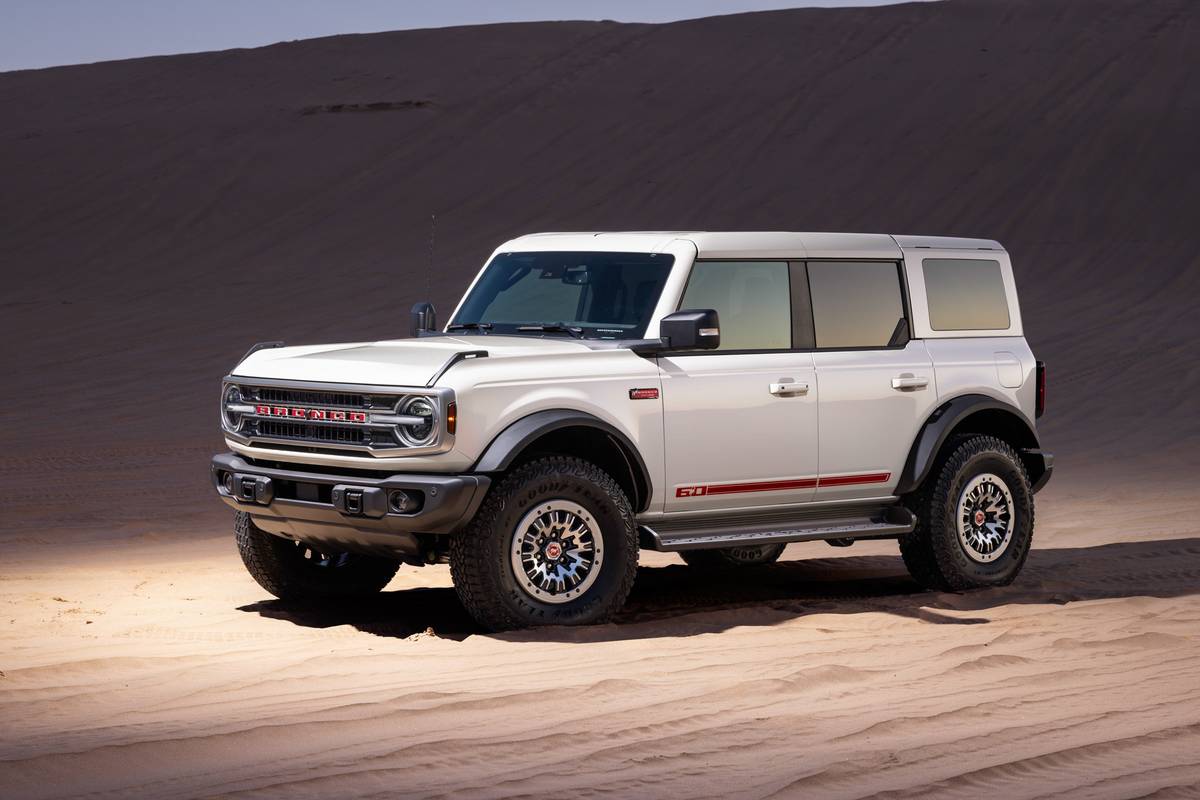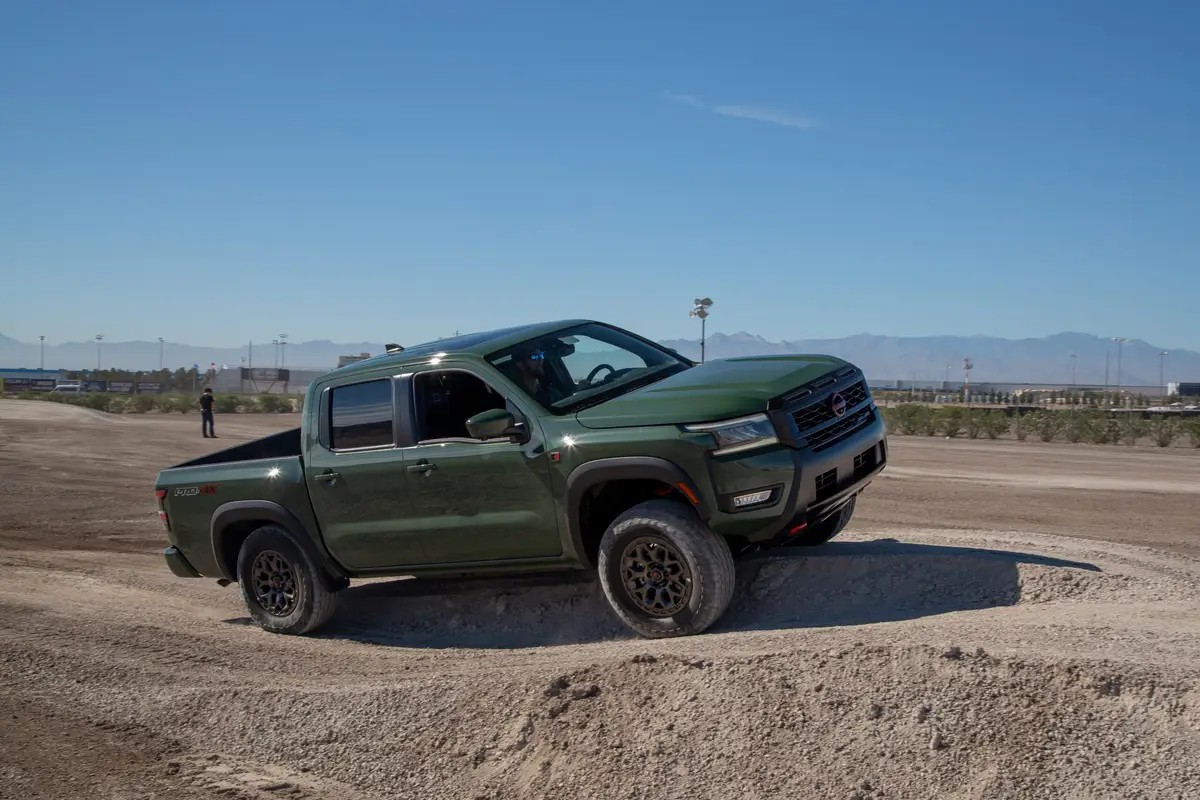KansasCity.com's view
It’s been said that you can’t go home again, but in the case of Mazda’s redesigned Miata, not only can you go home again but what you find will be better than you remembered.
As I whipped through the gears and zipped down the exit ramp to merge with after-work traffic, the totality of the changes to this popular sports car popped into instant focus. Even though it looks almost identical to the original, the 1999 is actually all new. The exhaust snarls with more power, the fat wheels claw through turns with greater tenacity and the cabin feels more refined, even though it is no bigger. In short, the new car amplifies the strengths of the original while playing down its weaknesses. True, middle-agers like me would probably like a tad more breathing room in the cockpit, and getting in and out could be easier, but overall the changes are all for the better.
The trunk is 42 percent bigger, for example, which means you can actually carry a couple of medium-size suitcases, or perhaps a small bag of golf clubs. Before, packing for an overnight was limited to a couple of soft-sided duffel bags.
To casual observers, the most obvious difference between the new and old car is found up front, where oval cat’s-eye lamps not only throw more light but create a bright-eyed face. Nearly everything has been changed, however. The grille is bigger, the sides of the body are sculpted to look muscular and the cut-line of the door sweeps up like that of the no-longer-imported RX-7. Its hips are slightly wider, and the decklid has a more pronounced lip, again similar to the RX-7.
The original Miata was the modern reincarnation of a traditional British sports car: bold, brash, barely civilized. The new one is more refined, but not so much that its character has been eroded. The tighter body structure exhibits less shake and wiggle on bumpy roads, although some is still present. And the extra power from its 1.8-liter, four-cylinder comes from a revised cylinder head, higher compression and new intake system.
With 140 horses prancing through a close-ratio five-speed gearbox and a tight suspension, it feels like a go-kart for grown-ups. The driving experience is pure, simple and unfiltered, so direct you think the car is reading your mind. Nudge the wheel and it turns, cat-like. Rock the stubby gearshift lever and you can feel the gears engaging. Stab the brakes and it stops.
An automatic transmission is optional, but that seems a sacrilege in a car like this.
The ride is choppy, as you might expect with an 89.2-inch wheelbase and a 2,299-pound weight, but not uncomfortable. Its size was most obvious when I looked out at traffic and realized I was staring at door handles.
Our test car had the optional 15-inch wheels with Michelin Pilot SX GT tires, and they contribute greatly to its quick-response handling. Base wheels are 14-inch.
Little roadsters are about open-air motoring, and dropping the top is about as si mple as it can be. Open two latches and it flops behind the seat in one motion. The glass back window has a built-in defroster, something usually found in more expensive convertibles.
The cabin is not spacious. Dual airbags are standard, and there is a switch to turn off the one on the passenger side, which is good for those who need to haul children. Storage space is limited to a couple of door pockets, a small space under the center armrest and the glovebox. Even though there is a cupholder under the center armrest, it is poorly located and vulnerable to being bumped with your elbow on gear shifts.
Even though the stereo in our test car was the optional Bose unit, it was rendered nearly useless at highway speeds with the top down. Mazda designed a small windblocker between the seats to keep air from spilling back into the cockpit, and thoughtfully put a elastic net on it for holding incidentals.
Two-seat roadsters are having a resurgence of popularity, witness n models from BMW, Porsche and Mercedes-Benz. Even though the 1999 Miata doesn’t look vastly different, it is significantly better than the old one, and gives nothing away to its competitors.
Price
The base price is $19,770, and there are a variety of option packages — Touring, Leather and Sport — that enable buyers to configure the car to suit their own personal taste. Our test car was equipped with the Leather Package, which had all the goodies: tan leather upholstery, Torsen limited-slip differential, 15-inch alloy wheels, Bose AM/FM/CD stereo, power mirrors, power windows, cruise control and power mirrors.
The sticker price was $25,175.
Warranty
The basic warranty is for three years or 50,000 miles.
Vehicles for The Star’s week-long test drives are supplied by the auto manufacturers.
Point: Sports cars will always appeal to folks who love a pure driving experience. Mazda has updated the Miata to make it better without sacrificing its basic character.
Counterpoint: This is a little car and the cabin is still snug, although it doesn’t feel as confining as the original for some reason.
SPECIFICATIONS:
ENGINE: 1.8-liter, 4-cyl.
TRANSMISSION: Five-speed
WHEELBASE: 89.2 inches
CURB WEIGHT: 2,299 lbs.
BASE PRICE: $19,770
PRICE AS DRIVEN: $25,175
MPG RATING: 25 city, 29 hwy.
Latest news


10 Biggest News Stories of the Month: Nissan Frontier Roushes to the Top, Subaru Trailseeker Trails

